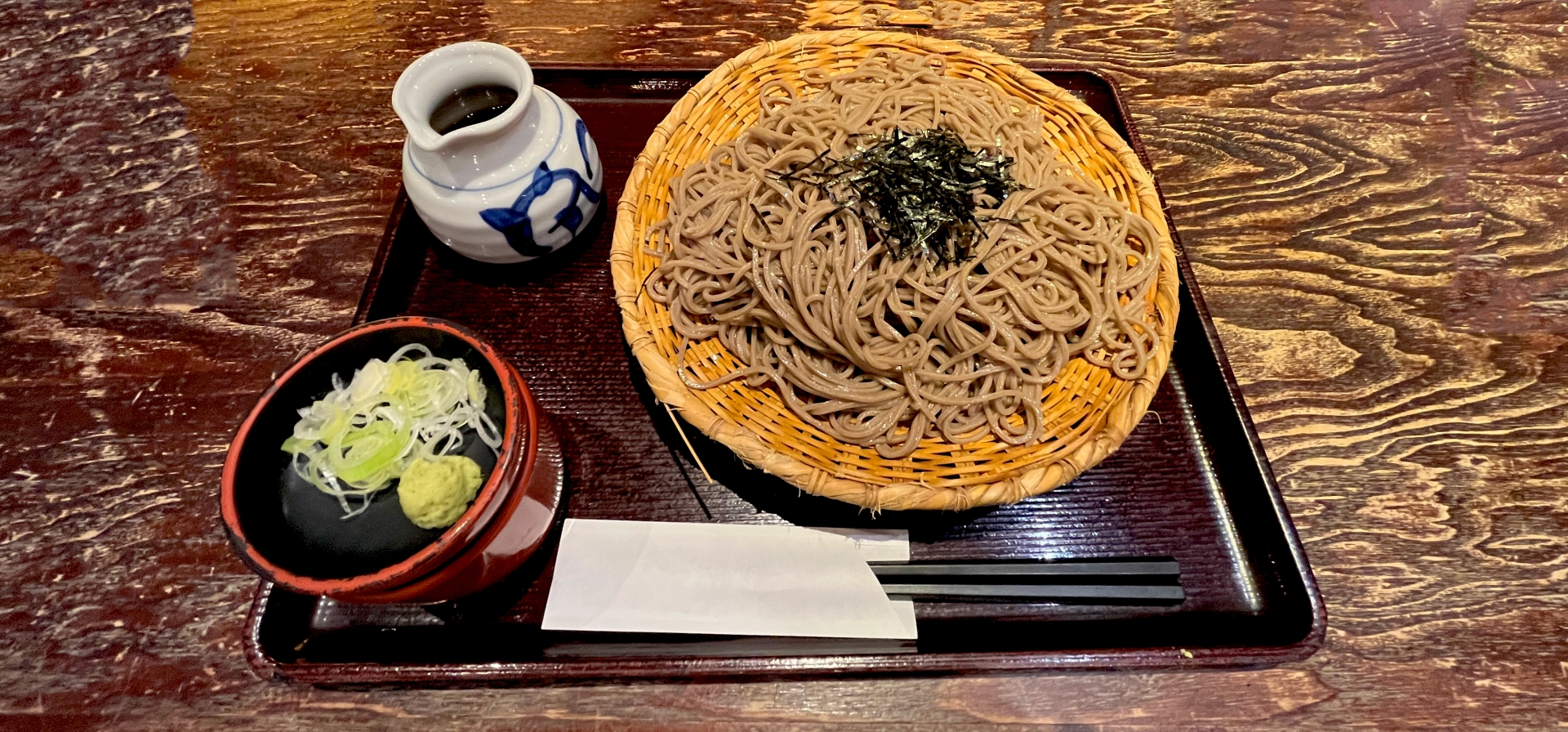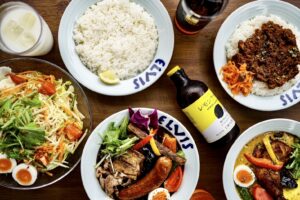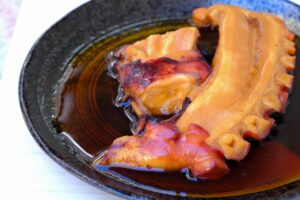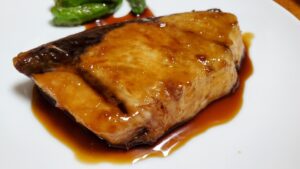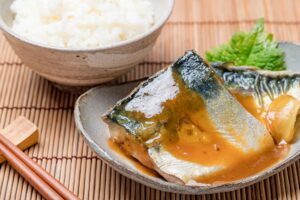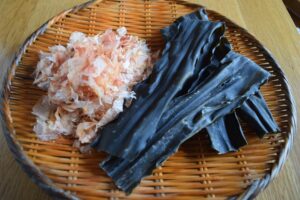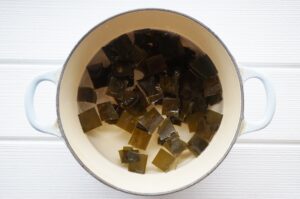Soba noodles, a traditional Japanese dish, are not only delicious but also packed with nutritional benefits. This article delves into everything you need to know about soba noodles, including their history, health advantages, and a variety of recipes to try at home. Whether you’re a home cook, a health enthusiast, or simply curious about Japanese cuisine, you’ll find valuable information and inspiration here.
What are Soba Noodles?
Soba noodles are a type of Japanese noodle made primarily from buckwheat flour, giving them a distinctive nutty flavor and a slightly chewy texture. Originating from Japan, these noodles have been a staple in Japanese cuisine for centuries, often enjoyed both hot and cold. Traditionally, soba noodles are served with a variety of toppings and dipping sauces, making them a versatile dish suitable for any season. The key ingredients of authentic soba noodles are buckwheat flour and water, although some variations may include a small amount of wheat flour to improve texture and elasticity.
Health Benefits of Soba Noodles
Soba noodles are not only tasty but also come with numerous health benefits. They are rich in nutrients, including protein, fiber, and various vitamins and minerals. Buckwheat, the primary ingredient, is known for its high content of antioxidants and anti-inflammatory properties. Additionally, soba noodles have a low glycemic index, making them a suitable choice for individuals managing their blood sugar levels. For those on gluten-free diets, pure buckwheat soba noodles are a viable option, although it’s essential to check labels as some varieties may contain wheat.
How to Cook Soba Noodles
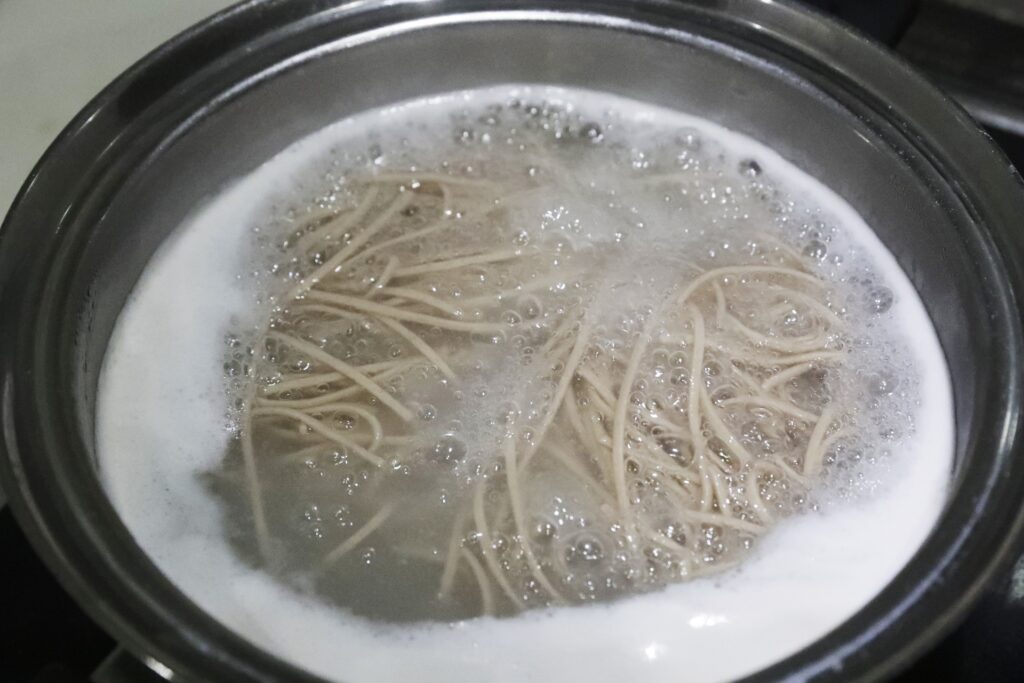
Cooking soba noodles is straightforward, but it requires a bit of care to achieve the perfect texture. Here’s a step-by-step guide:
- Boil Water: Start by bringing a large pot of water to a rolling boil.
- Add Noodles: Add the soba noodles to the boiling water, stirring gently to prevent sticking.
- Cook: Boil the noodles for about 4-5 minutes, or according to the package instructions, until they are al dente.
- Drain and Rinse: Drain the noodles in a colander and rinse them under cold running water to remove excess starch and stop the cooking process.
- Serve: The noodles are now ready to be used in various dishes, whether served hot in a broth or cold with a dipping sauce.
Traditional Soba Noodle Recipes
Zaru Soba
A popular summer dish, Zaru Soba features cold soba noodles served on a bamboo tray with a dipping sauce called tsuyu. Toppings often include nori seaweed, scallions, and wasabi.
Kake Soba
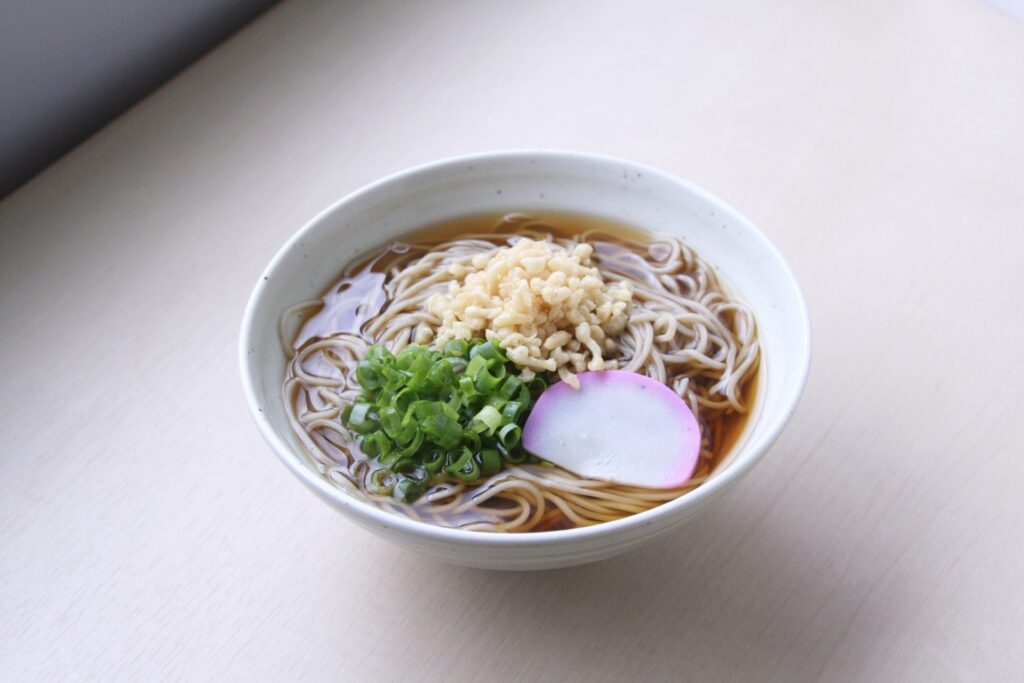
Kake Soba is a simple and comforting dish where hot soba noodles are served in a light broth made from dashi, soy sauce, and mirin. It’s typically garnished with scallions and sometimes tempura bits for added texture.
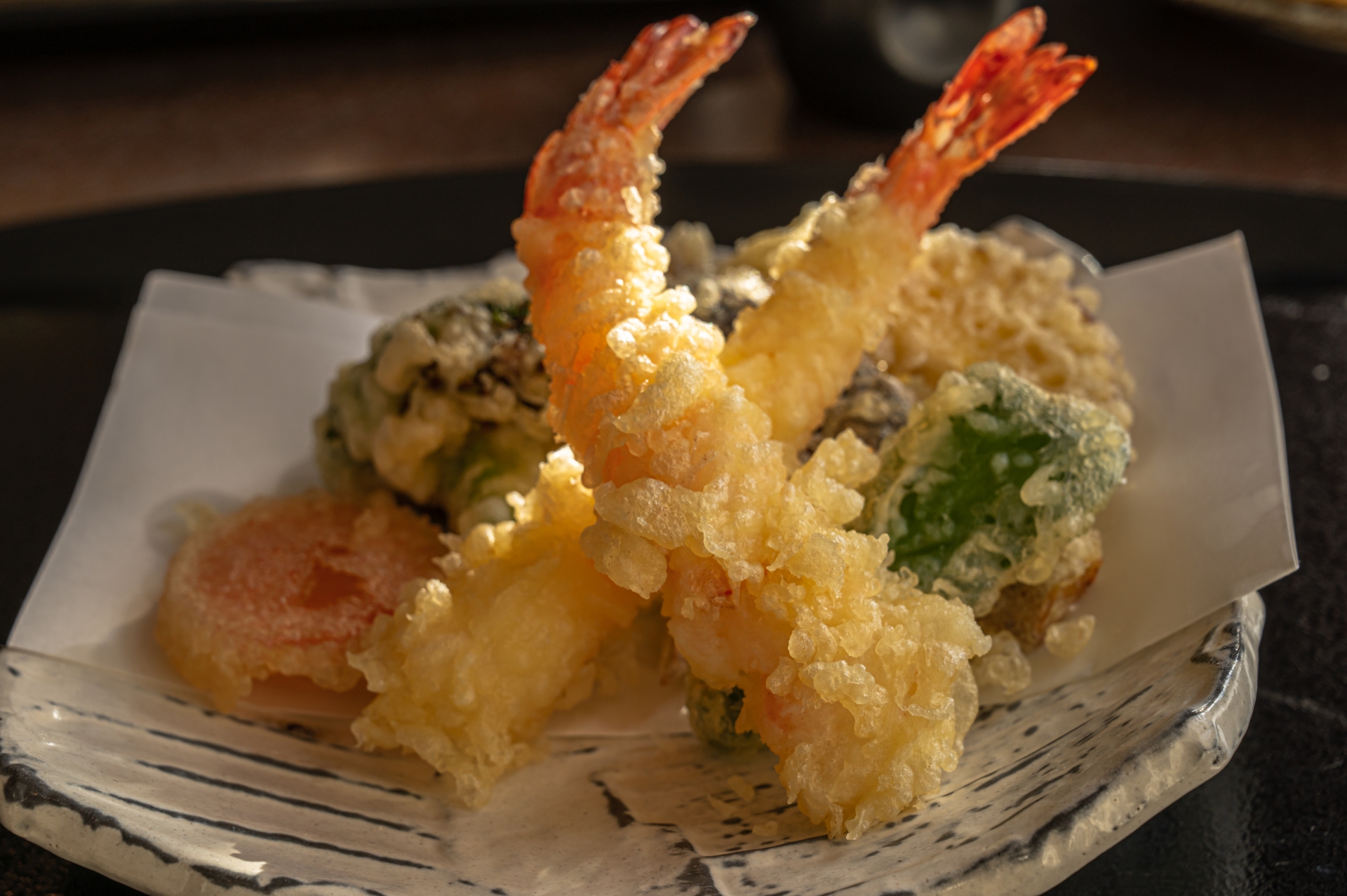
Innovative Soba Noodle Recipes
Soba Noodle Salad
A refreshing and healthy dish, soba noodle salad combines cold soba noodles with fresh vegetables like cucumbers, carrots, and bell peppers, tossed in a tangy sesame dressing.
Soba Noodle Stir-Fry
For a quick and hearty meal, try a soba noodle stir-fry with a mix of your favorite vegetables and proteins, such as tofu or chicken, cooked in a savory soy-based sauce.
Cultural Significance of Soba Noodles
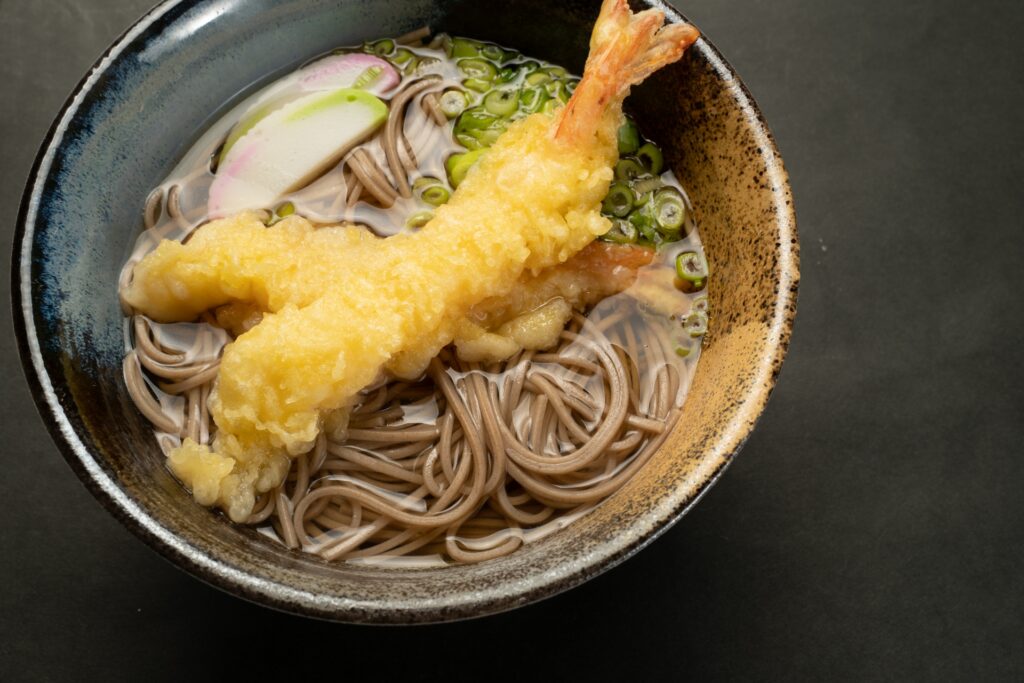
Soba noodles hold a special place in Japanese culture. They are traditionally eaten on New Year’s Eve in a ritual known as “Toshikoshi Soba,” symbolizing a fresh start and the hope for a long and prosperous life. Soba is also enjoyed during various festivals and celebrations throughout the year, reflecting its deep-rooted cultural significance. In regions across Japan, different varieties and preparation methods of soba noodles can be found, each offering a unique taste of local culture and tradition.
Soba Noodles and Special Diets
Soba noodles can be a great addition to various special diets. For gluten-free individuals, 100% buckwheat soba noodles are available, though it’s crucial to ensure no wheat flour is mixed in. Vegans can enjoy soba noodles with plant-based toppings and broths, while those on low-carb diets can benefit from the noodles’ lower glycemic index compared to other pasta varieties.
Where to Buy Soba Noodles
Soba noodles can be found in many grocery stores, particularly in the international or Asian foods section. They are also widely available online from retailers specializing in Japanese ingredients. When purchasing, look for high-quality soba noodles with a high buckwheat content for the best flavor and health benefits.
Frequently Asked Questions about Soba Noodles
Are soba noodles gluten-free? Pure buckwheat soba noodles are gluten-free, but always check the packaging to ensure no wheat flour is included.
How do you cook soba noodles? Boil them in water for 4-5 minutes, then rinse under cold water to remove excess starch.
What is the difference between soba and udon noodles? Soba noodles are made from buckwheat and have a nutty flavor and chewy texture, while udon noodles are made from wheat flour and are thicker and more neutral in taste.
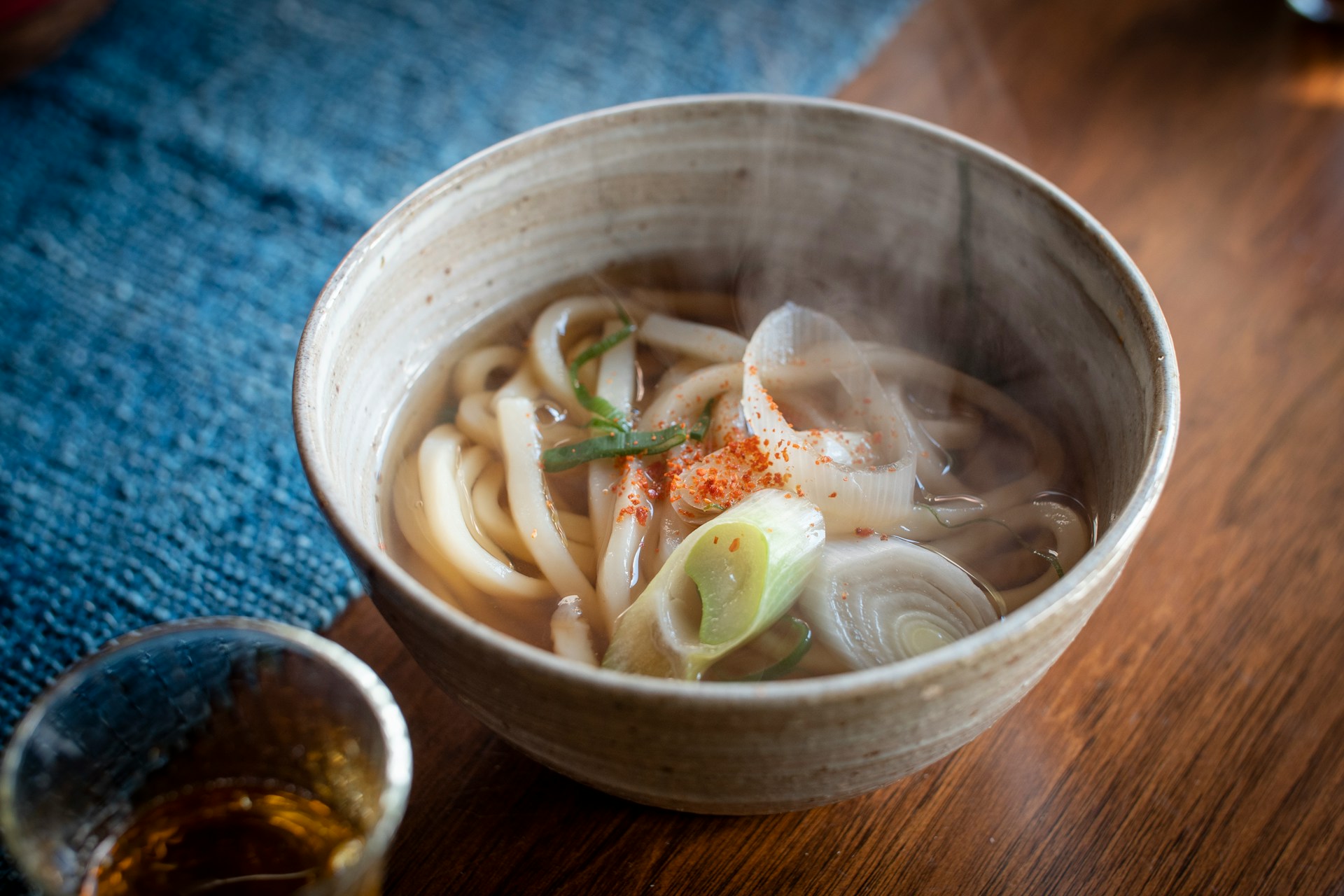
Are soba noodles good for weight loss? Yes, they are low in calories and have a low glycemic index, making them a good option for weight management.
By following these guidelines, this article not only covers the essential aspects of soba noodles but also provides valuable information tailored to the search intent of various user personas.

